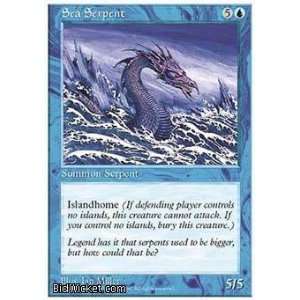

His works sold well among general audiences but saw little attention from mainstream scientists and experts. One of his predictions was fulfilled with the recent identification of the African forest elephant as a new species Loxodonta cyclotis.Īfter On the Track, Heuvelmans wrote many other books and articles, only a few of which have been translated into English. He argued that those referring to hitherto-unknown species should be investigated scientifically, and criticized researchers who dismiss such tales out of hand. In this work, which is organised geographically, a dominating theme is that folktales and legends concerning unusual and sometimes implausible creatures have often been found to have a substratum of truth.

Heuvelmans undertook a massive amount of research and wrote On the Track of Unknown Animals, considered by some the most influential work of cryptozoology in the twentieth century. Heuvelmans was also influenced by the work of Anthonie Cornelis Oudemans who had defended the existence of the sea serpent. Sanderson discussed the possibility of dinosaurs surviving in remote corners of the world. Sanderson with inspiring a determined interest in unknown animals. Though earlier interested in zoological oddities, he credits a 1948 Saturday Evening Post article, "There Could be Dinosaurs", by Ivan T.


He was influenced by Jules Verne and Arthur Conan Doyle's book The Lost World (1912). Heuvelmans's books made reference to literary sources. During World War II he had escaped from a Nazi prisoner camp and later worked as a Jazz singer in Paris. In 1939, his doctoral dissertation concerned the teeth of the aardvark. Heuvelmans was a pupil of Serge Frechkop, a proponent of the Theory of Initial Bipedalism. Heuvelmans was born on 10 October 1916, in Le Havre, France, and raised in Belgium and earned a doctorate in zoology from the Free University of Brussels (now split into the Université Libre de Bruxelles and the Vrije Universiteit Brussel).


 0 kommentar(er)
0 kommentar(er)
